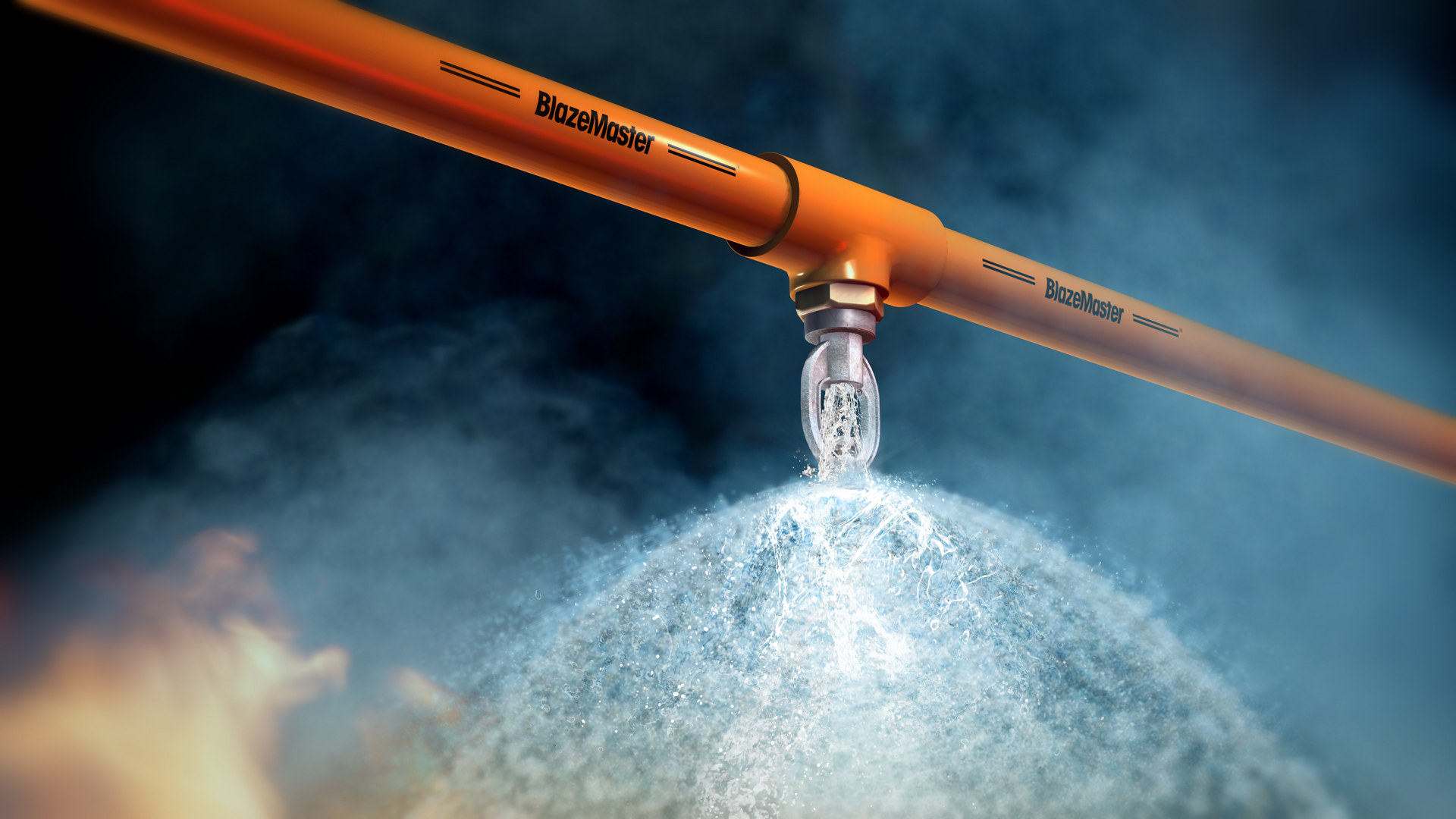Protecting people and property from fire hazards is a top priority. Using both advanced systems and preparedness programs is the most effective way to control fire outbreaks. Sprinkler systems and fire brigade training work together to safeguard lives and property.
Understanding How Sprinklers Work
Automatic sprinklers are built for rapid fire control. These systems utilize heat-sensitive sprinklers to reduce heat and flames. Water dispersion units targets the affected area, focusing resources on the fire zone.

Critical aspects of sprinkler setups include:
- Spray outlets: Disperse water.
- Fire protection pipes: Maintain water pressure.
- Control panels: Monitor sprinkler performance.
- Backup tanks: Supply water for effective firefighting.
sprinkler e detector de fumaça
Why Fire Brigade Training is Essential
While sprinkler systems offer automatic protection, fire brigade skills plays a crucial role. Fire safety exercises prepare teams to control fire situations and support automatic systems.

Core components of fire brigade training include:
- Understanding fire risks: Focusing on reducing fire risks.
- Evacuation route drills: Ensuring safe evacuation.
- Extinguisher training: Gaining practical experience.
- Coordinated responses: Developing coordinated action plans.
The Synergy Between Technology and Preparedness
Integrating automated systems and team skills provides a multi-layered defense. While sprinklers suppress fires rapidly, organized responders ensure safe operations.

When working as a unit, these systems reduce fire impact in residential buildings, offices and businesses, and industrial facilities alike.
Conclusion: Building a Safer Future
Automatic fire systems and emergency drills provide unmatched fire safety. Prioritizing these safety approaches safeguards communities for unexpected fire outbreaks.
Take the next step in fire safety today by scheduling fire brigade training. Advanced systems and trained teams make all the difference!